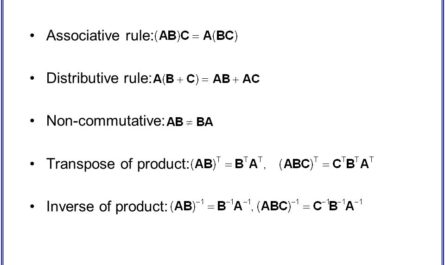Given a parabola with focal length (f), we can derive the equation of the parabola.
We assume the origin (h,k) = (0,0) of the coordinate system the parabola’s vertex(for easy calculations).
For any point (x2,y2) on the parabola, the straight line from the focus(d1) and to the directix(d2) have the same length(d), because this is the definition of a parabola.
The horizontal line d:
Imagine the straight line from the focus(x1,y1) and the (x2,y2) point:
The length (d1) in this case is the hypotenuse of the triangle created by the imaginary lines . The horizontal side of the triangle has a length of (x2) (beacuse the focus’s point (x1) is on the vertex (so (x1) is 0 at that point) The vertical side has a length of (y2–f), that is y2 minus the length of the focus point (f=y1).
The vertical line d2:
We know the vertex is always half way between the focus and the directrix, so d2=y2+f.
Now that we know our distances from the focus point and from the directix we will simplify x2 and y2 they will now be known as (x,y).
Now finally, because both d’s (d1 and d2) are the same length so:
